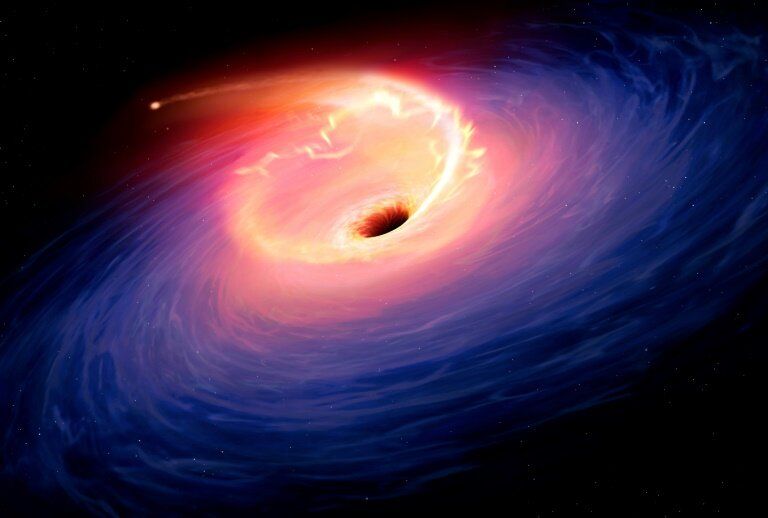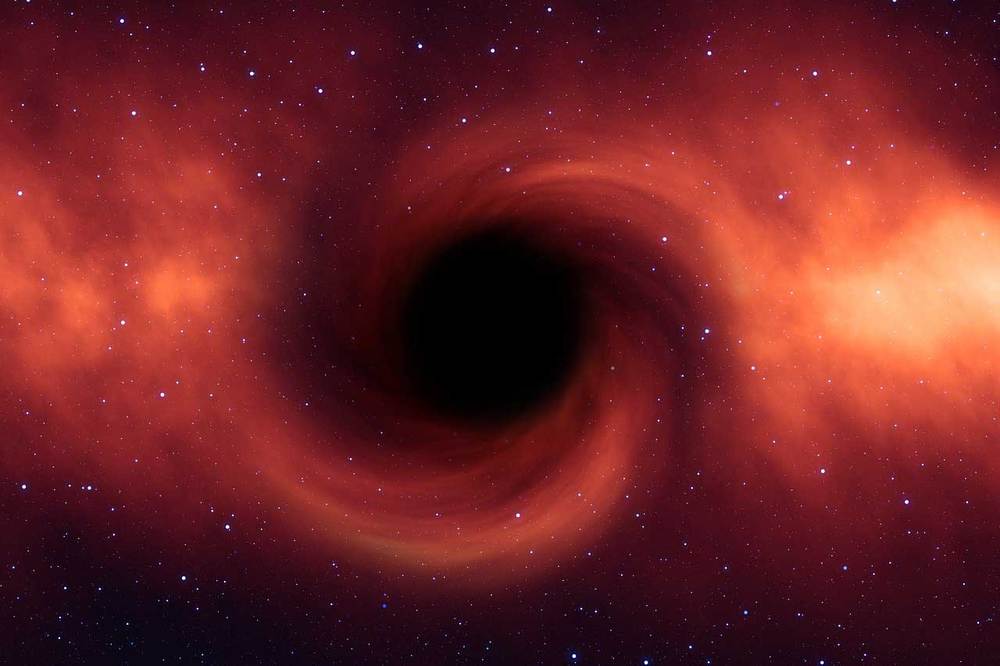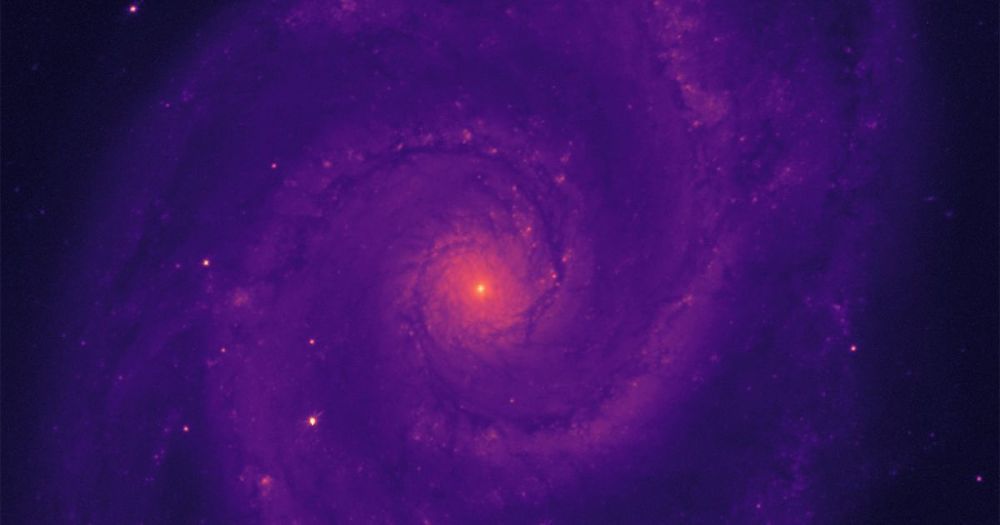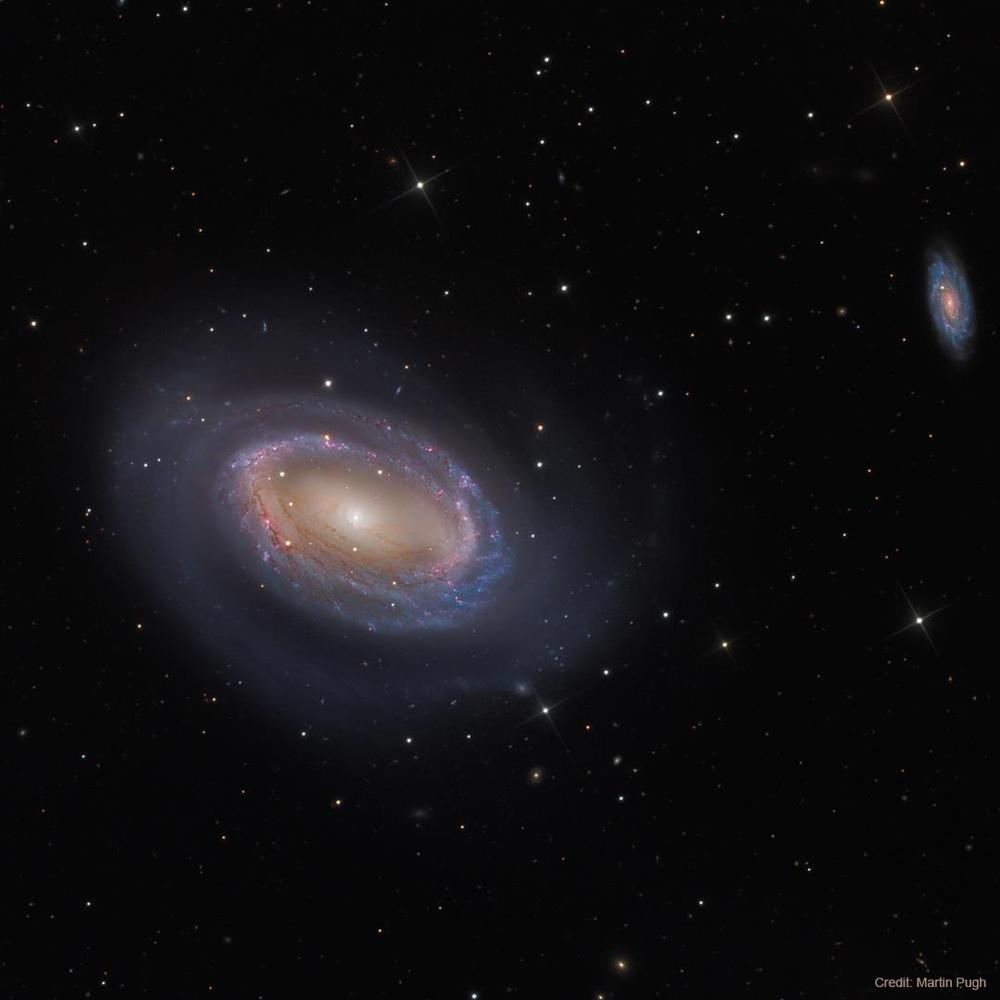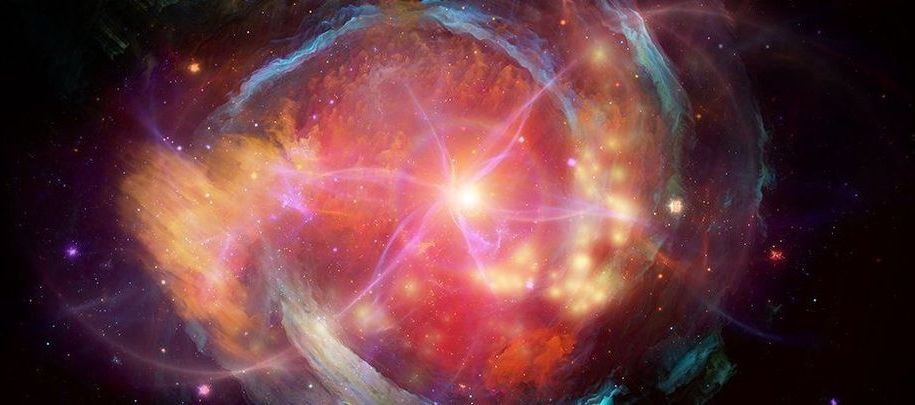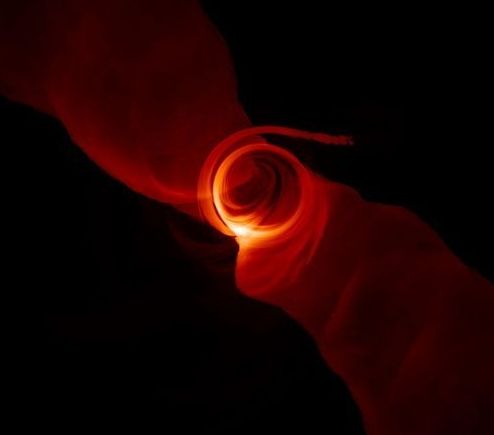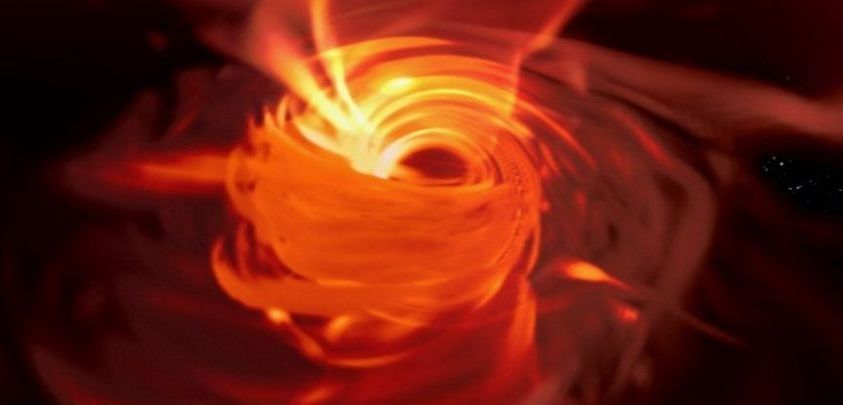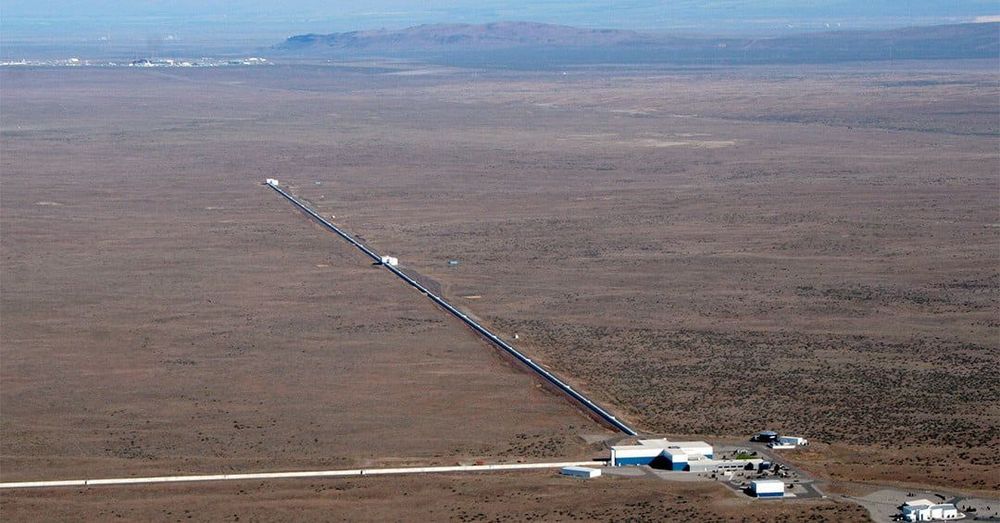They’ve captured our imaginations for decades, but we’ve never actually photographed a black hole before – until now.
Next Wednesday, at several press briefings around the world, scientists will apparently unveil humanity’s first-ever photo of a black hole, the European Space Agency said in a statement. Specifically, the photo will be of “Sagittarius A,” the supermassive black hole that’s at the center of our Milky Way galaxy.
But aren’t black holes, well, black, and thus invisible, so none of our telescopes can “see” them? Yes – therefore the image we’re likely to see will be of the “event horizon,” the edge of the black hole where light can’t escape.
Read more
